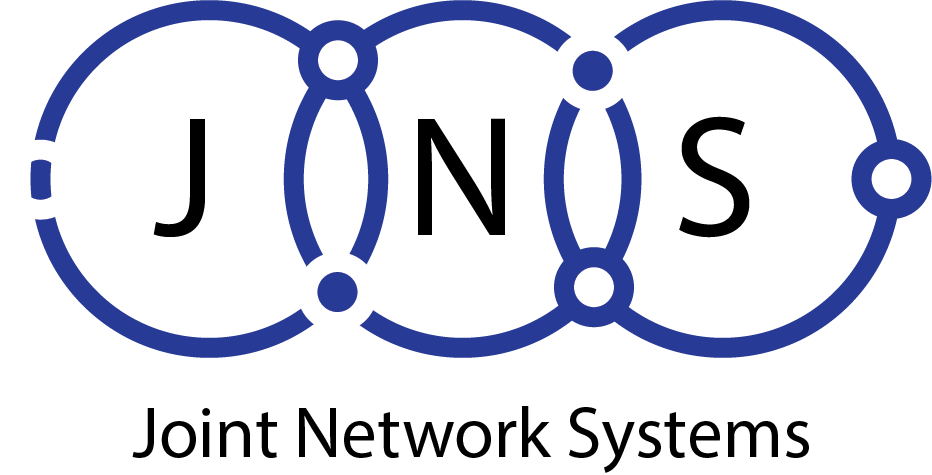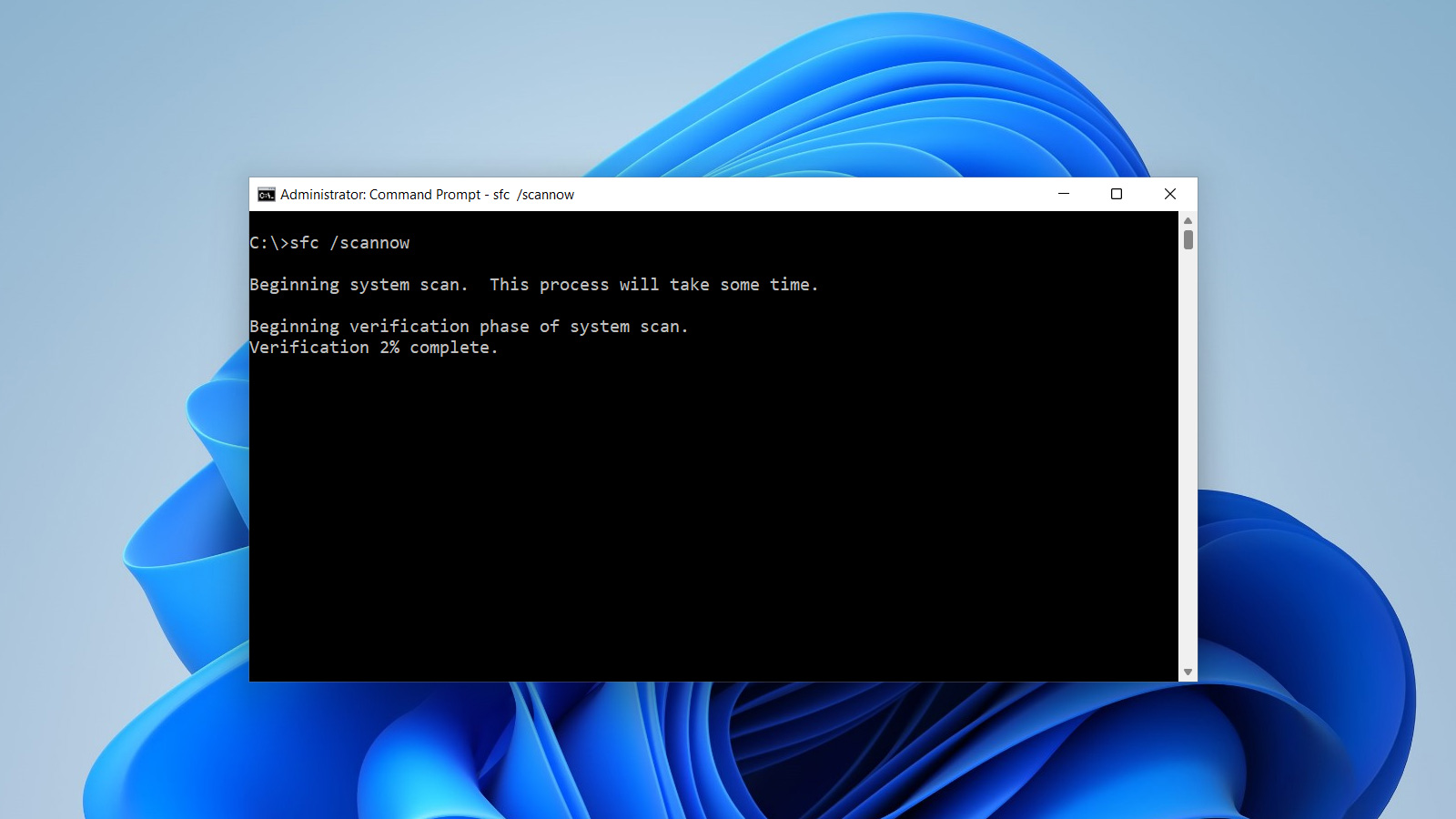
Windows 11 Command Prompt allows you to launch applications and change settings simply by typing commands in a window.
Comparing similar features of the Windows GUI interface to command-line apps that run at the command prompt, they typically offer more options and features for performing a particular task.
You can use the command prompt to copy files and folders, run PowerShell scripts or query network and computer configuration data.
Any command that you run in a Command Prompt will be executed under the security permissions of the user logged in. If you attempt to run a program that requires Administrator rights, you’ll be presented with an error message such as ‘Access Denied’.
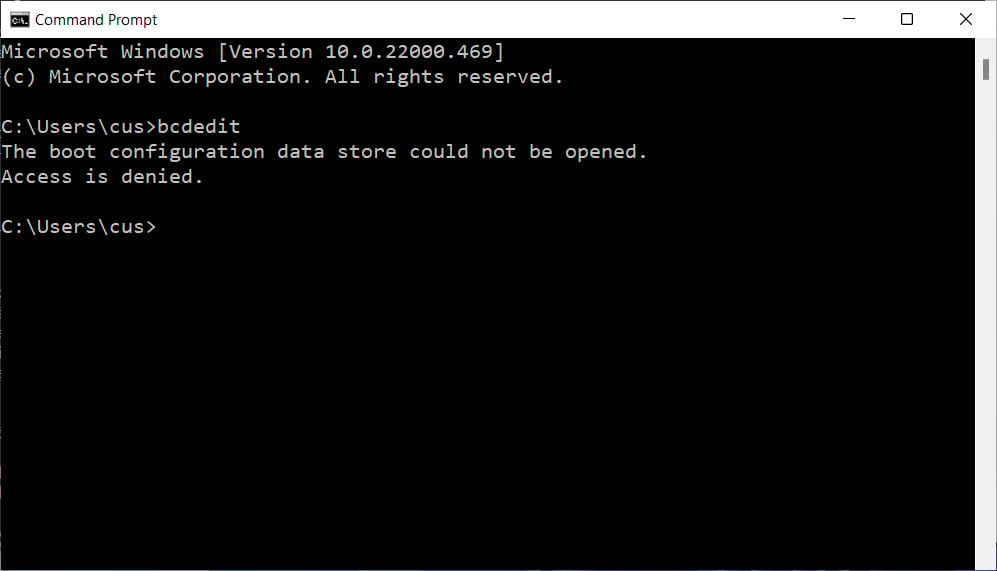


However, it is possible to open a Command Prompt with Administrator privileges that allow you to run any command you wish, which we can explain below.
How to start a Windows 11 Administrator Command Prompt
You need to open Windows 11 Command Prompt using Administrator rights.
Click the Start Menu, then type cmd in the search box. When the ‘Command Prompt” search result appears, right-click it and choose Run As Administrator, as shown below.
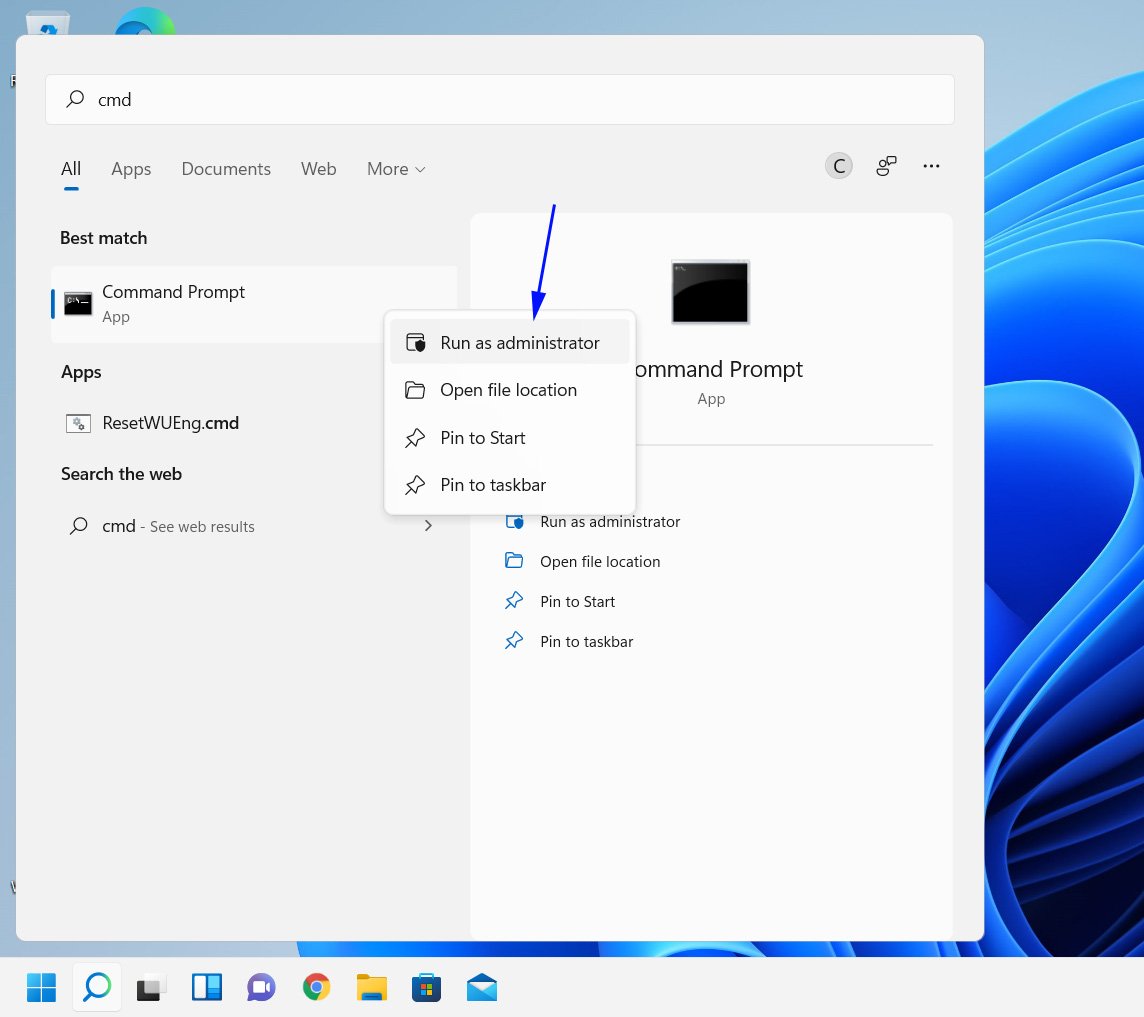


When you select Run as administrator, Windows 11 will display a User Account Control prompt asking if you would like the ‘Windows Command Processor’ to make changes on your device.
At this prompt, click on the Yes button.
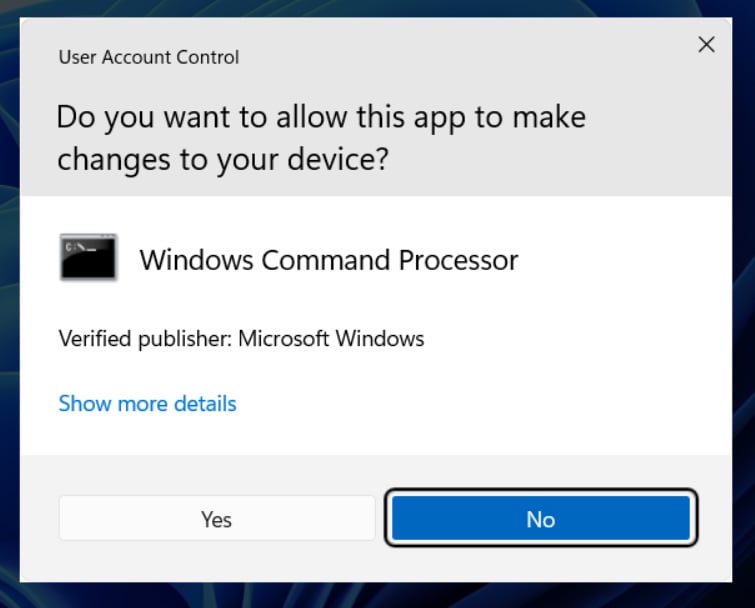


User Account Control Prompt
After clicking the Yes button, you will see a Windows 11 administrator Command Prompt.
The window title should read “Administrator: Command Prompt” and you’ll be in C:Windows\System32, as shown below.
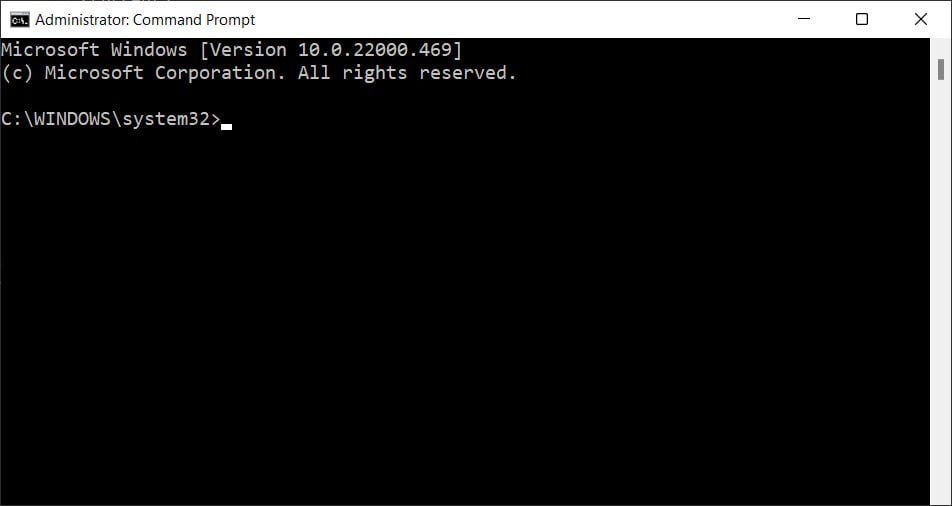


As we previously noted, the Administrator Command Prompt will start in the C:WindowsSystem32 folder rather than your User Profile (C:Users[account_name]).
It is recommended that you use your user profile as this folder contains files essential for Windows to function properly.
Type cd “%userprofile%” and then press the Enter key on your keyboard.
You can now access or launch programs that require administrative privileges using the Elevated Command Prompt.
For more information about the Command Prompt, you can read our Tutorial: Introduction to Windows Command Prompt.
About JNS
Providing Managed IT Services and Telephony Solutions in Miami and throughout South Florida. Recognized As a Best-In-Class Technology Services Provider with an unmatched Partner Ecosystem,



Windows 11 Command Prompt allows you to launch applications and change settings simply by typing commands in a window.
Comparing similar features of the Windows GUI interface to command-line apps that run at the command prompt, they typically offer more options and features for performing a particular task.
You can use the command prompt to copy files and folders, run PowerShell scripts or query network and computer configuration data.
Any command that you run in a Command Prompt will be executed under the security permissions of the user logged in. If you attempt to run a program that requires Administrator rights, you’ll be presented with an error message such as ‘Access Denied’.



However, it is possible to open a Command Prompt with Administrator privileges that allow you to run any command you wish, which we can explain below.
How to start a Windows 11 Administrator Command Prompt
You need to open Windows 11 Command Prompt using Administrator rights.
Click the Start Menu, then type cmd in the search box. When the ‘Command Prompt” search result appears, right-click it and choose Run As Administrator, as shown below.



When you select Run as administrator, Windows 11 will display a User Account Control prompt asking if you would like the ‘Windows Command Processor’ to make changes on your device.
At this prompt, click on the Yes button.



User Account Control Prompt
After clicking the Yes button, you will see a Windows 11 administrator Command Prompt.
The window title should read “Administrator: Command Prompt” and you’ll be in C:Windows\System32, as shown below.



As we previously noted, the Administrator Command Prompt will start in the C:WindowsSystem32 folder rather than your User Profile (C:Users[account_name]).
It is recommended that you use your user profile as this folder contains files essential for Windows to function properly.
Type cd “%userprofile%” and then press the Enter key on your keyboard.
You can now access or launch programs that require administrative privileges using the Elevated Command Prompt.
For more information about the Command Prompt, you can read our Tutorial: Introduction to Windows Command Prompt.
About JNS
Providing Managed IT Services and Telephony Solutions in Miami and throughout South Florida. Recognized As a Best-In-Class Technology Services Provider with an unmatched Partner Ecosystem,

